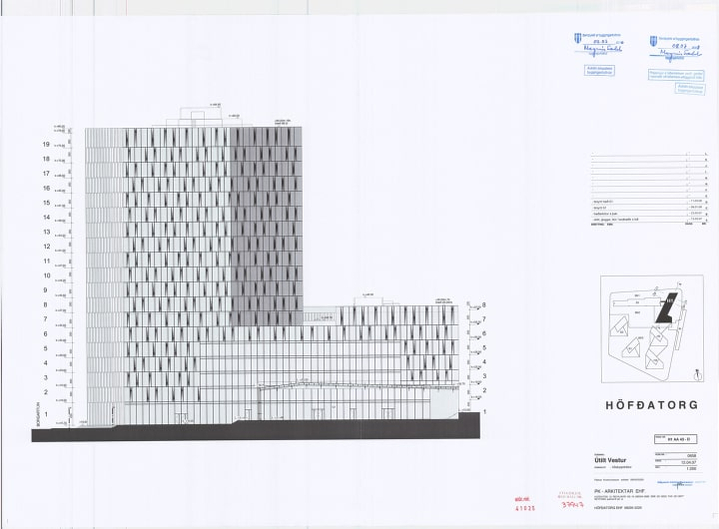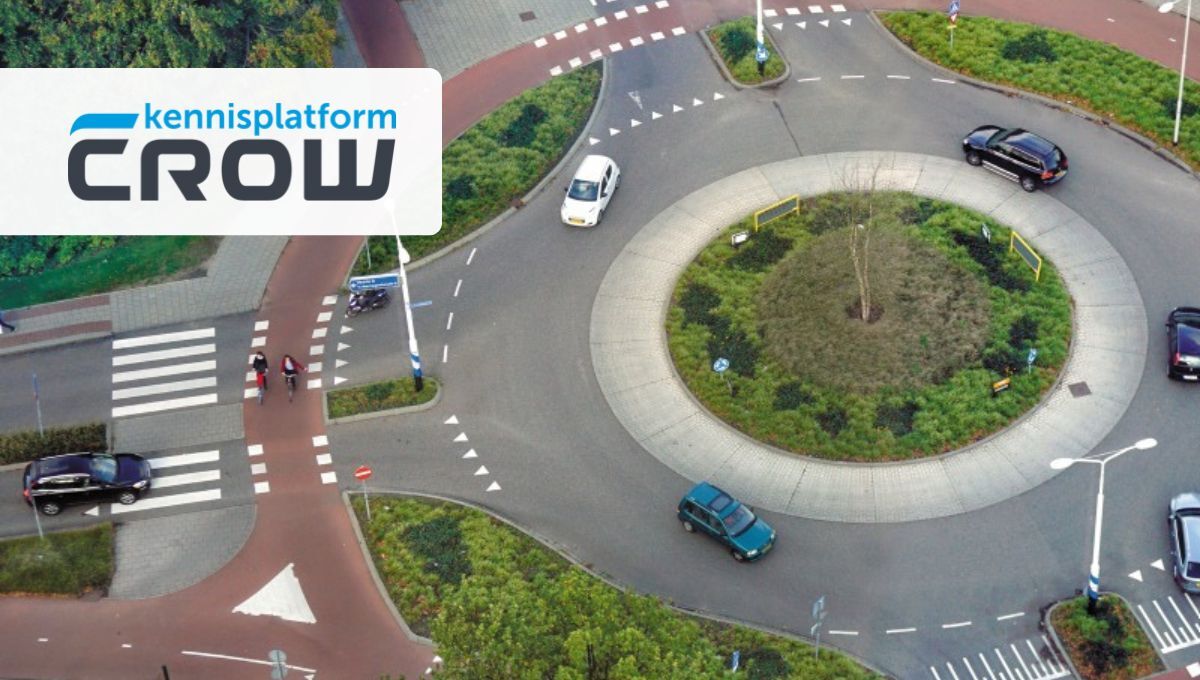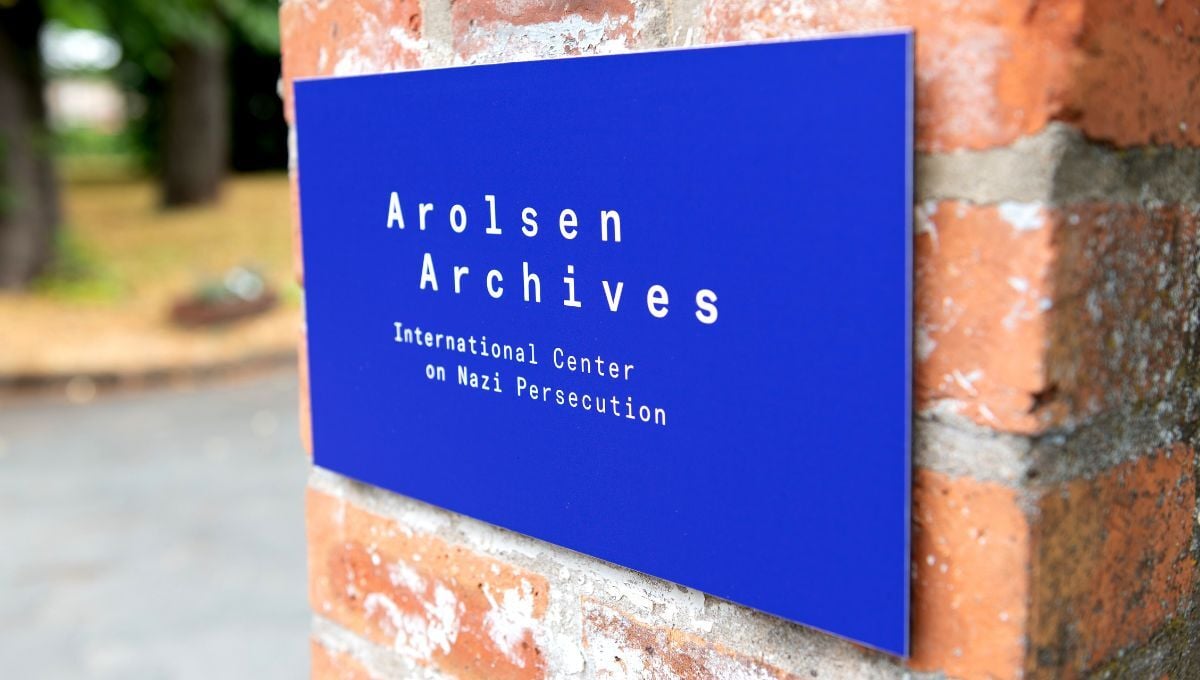
Photo by Alec Cooks on Unsplash
How DAM preserves Reykjavik's architectural history
The tourism industry in Iceland has boomed in the last 10 years, with more than 2,000,000 tourists visiting the country per year. 97% of those visited the capital region and the city of Reykjavik, which is steeped in culture and history, from hot springs to Norse temples, and fascinating Icelandic architecture.
Reykjavik City's blueprint archive is responsible for the safekeeping of the city's building drawings. They required a system to digitally store their collection of 190,000+ blueprints, and provide more efficient methods for staff to locate and work with the blueprints.
We caught up with Reykjavik City's Library and Information Scientist to discover how Digital Asset Management has solved these challenges, saving staff from hours of manual and physical work, and increased accessibility to the people of Reykjavik.
What does your role at Reykjavik City blueprint archive involve?
My main role is scanning and registering relevant information/metadata to digital building committee drawings for the building officer of Reykjavik. I also look up drawings for customers and make corrections to registrations when needed.

Photo by Evelyn Paris on Unsplash
How would you describe the Reykjavik blueprint archive?
The archive makes the building drawings easily searchable and accessible for Reykjavik City staff, residents of Reykjavik, architects, and others who needs easy access to blueprints. A big factor of the archive is to preserve drawings in a digital format for the future.
How were the blueprints managed before using Digital Asset Management?
All drawings were on paper. So, each time a customer needed a blueprint we had to look them up in the storage room and make a copy or show the customers.

Reykjavik City Blueprint Archive
What were the main challenges without a Digital Asset Management system?
Storage of original building drawings was all physical, which meant carrying around and moving very heavy folders. That made it very easy for drawings to get lost or damaged. Lots of time was spent finding lost drawings and repairing damaged drawings. People often got very exhausted carrying heavy folders on busy days, and sorting and managing the archive was demanding and required a lot of hands.
How does Digital Asset Management help solve these challenges?
All these challenges were eliminated by implementation of Digital Asset Management system, in addition to so many other benefits for our clients and staff. Benefits such as being able to look up drawings by themselves and removing the need to physically go to the Building Officer office for drawings.

Photo by Ferdinand Stöhr on Unsplash
Who are the main users of the system at Reykjavik blueprint archive?
All the employees of the City of Reykjavik use the system and all residents of Reykjavik also have access to lookup files in the archive and download drawings. The main users of the archive within the City of Reykjavik are employees of the Building Officer, Construction Representative, Planning Officer, Land Information Department, Construction and Maintenance Department, Operations Department and Transport Department. Employees use the electronic library to look up content for reviews of cases, projects and construction.

Featured Image: Photo by Nicolas J Leclercq on Unsplash
What has been achieved by implementing a Digital Asset Management system?
All drawings from architects have been scanned and are now in the system, which has led to huge time savings in the management of the drawings. We can see this clearly because there are still some engineer/special drawings that are not in digital format, so we need to handle them as we did before and that is very time-consuming


